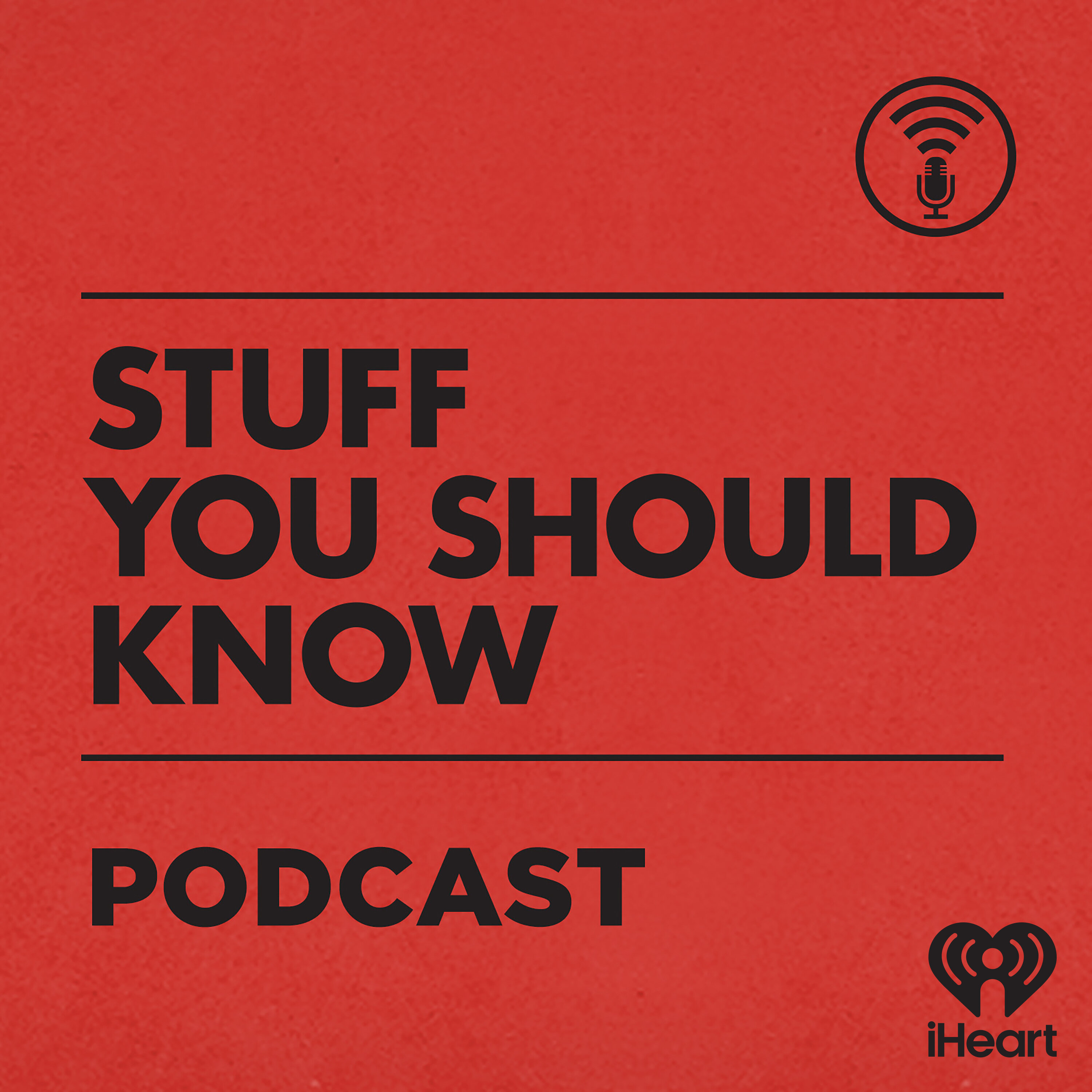
Selects: The Texas City Disaster of 1947

Stuff You Should Know
Deep Dive
What was the cause of the Texas City Disaster in 1947?
The disaster was caused by the explosion of the SS Grand Camp, which was loaded with 2,300 tons of ammonium nitrate fertilizer. The ship caught fire, and the heat caused the ammonium nitrate to degrade, leading to a massive explosion.
How did the fire on the SS Grand Camp start?
The exact cause of the fire is unknown, but it is speculated that it could have been started by a cigarette. The ammonium nitrate in the ship's hold was heating up and becoming more volatile, which likely contributed to the fire spreading quickly.
What were the immediate effects of the explosion on Texas City?
The explosion created a 15-foot tidal wave that washed inland, causing fires and flooding. The blast also sent shrapnel and debris flying, killing hundreds instantly and causing widespread destruction to the surrounding area.
How many people were killed in the Texas City Disaster?
The official death toll was 581, with 113 people completely vaporized and never found. The disaster also caused approximately 5,000 casualties.
What role did the SS High Flyer play in the disaster?
The SS High Flyer, also loaded with ammonium nitrate and sulfur, caught fire after the initial explosion. It eventually exploded the next day, causing further destruction and reigniting fires that had been put out.
How did Texas City recover from the disaster?
Despite the devastation, Texas City rebuilt and even expanded its industrial capacity. The BP refinery, which became the most profitable in the company's history, was a result of this rebuilding effort.
What changes were made after the Texas City Disaster to improve safety?
Following the disaster, the U.S. government implemented stricter regulations on the handling and storage of hazardous chemicals. These changes aimed to prevent similar catastrophes in the future.
How did the Texas City Disaster compare to the Beirut explosion in 2020?
Both disasters involved the explosion of ammonium nitrate. The Beirut explosion, however, was exacerbated by years of improper storage and negligence, whereas the Texas City disaster was more a result of a lack of awareness and regulation at the time.
Shownotes Transcript
In 1947 the port town of Texas City, Texas became the site of the largest industrial disaster in American history. An enormous explosion blew ships out of the water, created a tidal wave that flooded the town, and killed hundreds of people instantly. Find out all about it in this classic episode.
See omnystudio.com/listener) for privacy information.